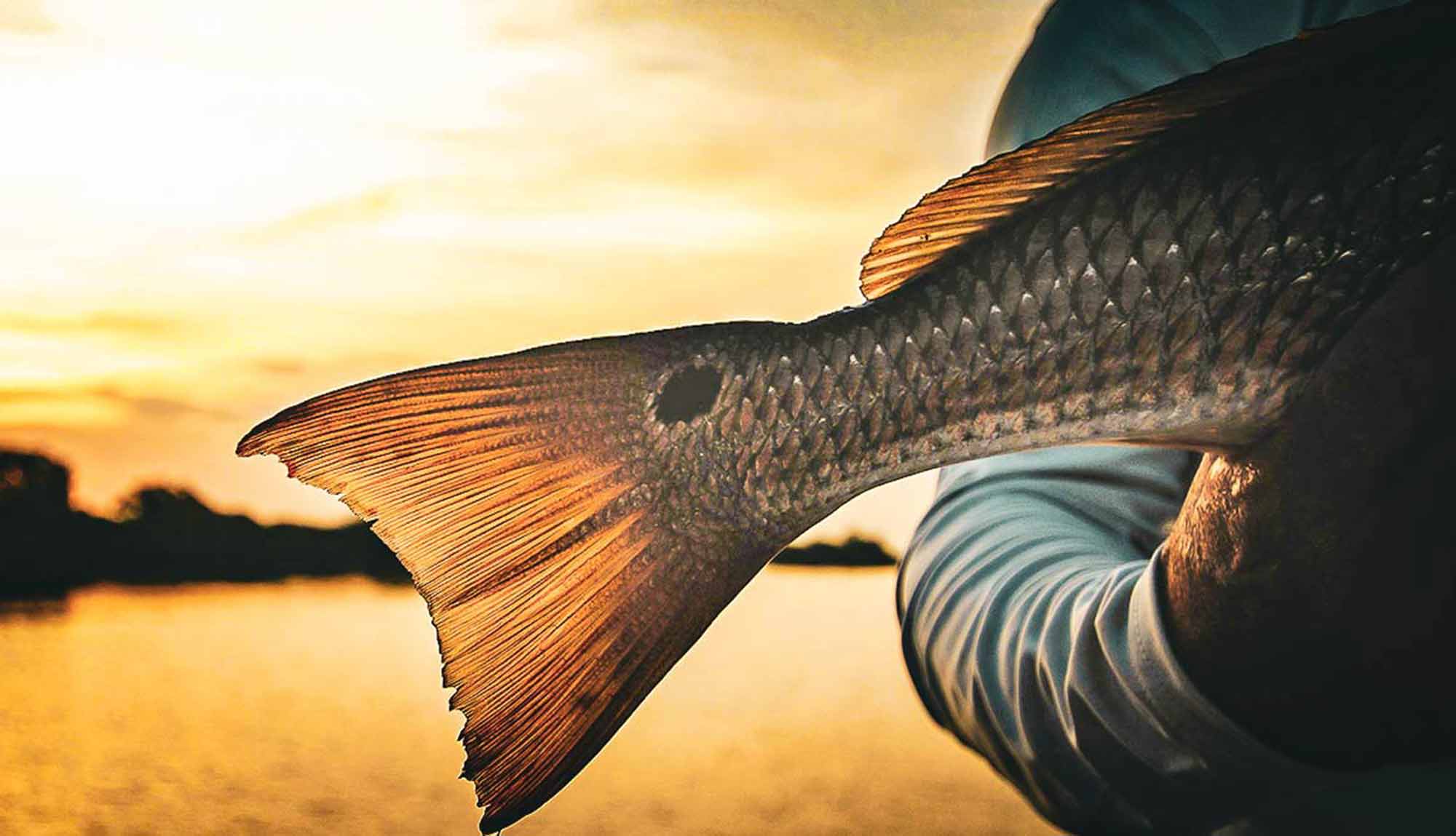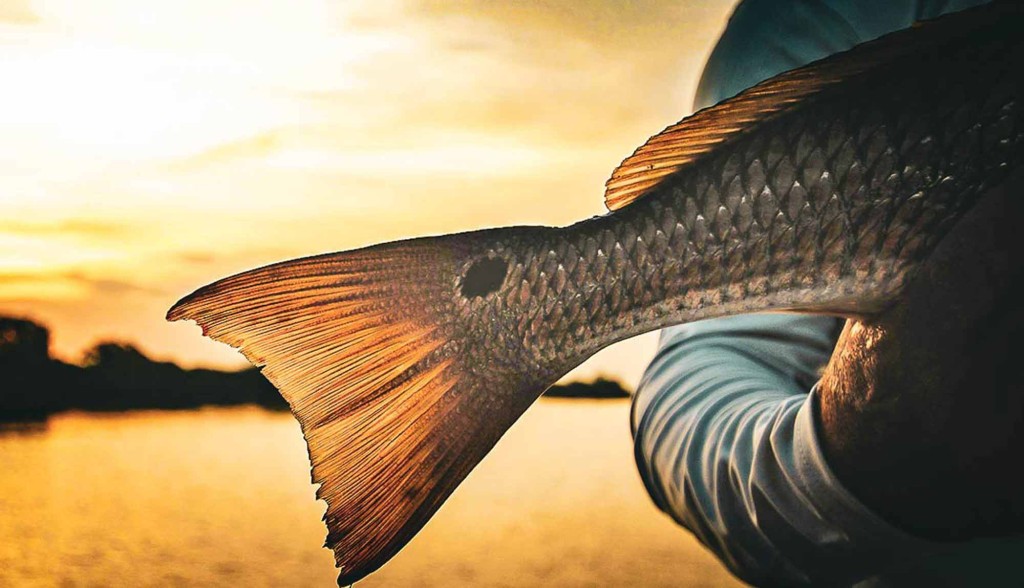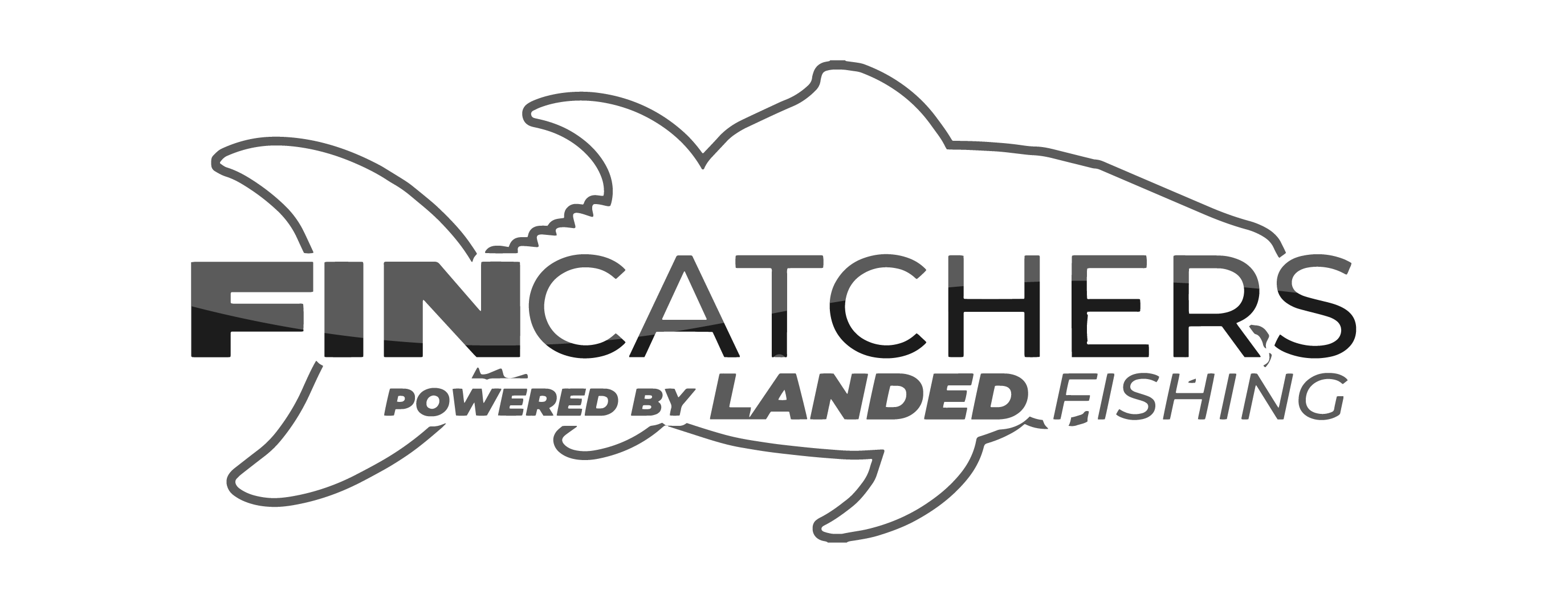

Catching Redfish Around the Gulf Coast
A Comprehensive Guide for Saltwater Anglers
The Gulf Coast, with its expansive and fertile waters, offers some of the best saltwater fishing opportunities in the United States, particularly for redfish. Redfish, also known as red drum, are sought after for their fighting prowess and delectable taste. This guide will provide saltwater anglers with tips and strategies for successfully catching redfish around the Gulf Coast, covering essential gear, best fishing spots, effective techniques, and conservation tips.
edfish, scientifically known as Sciaenops ocellatus, is a popular game fish found in the Atlantic Ocean and the Gulf of Mexico, particularly prevalent along the southeastern United States coastlines, including Texas, Louisiana, Florida, and up through the Carolinas. They are also widely known as red drum due to the drumming sound they produce with their air bladder during the spawning season.
Characteristics
Redfish are easily identifiable by their distinct appearance, which includes:
- A bronze or reddish color with a silvery, white underbelly.
- One or more prominent black spots on the upper part of the tail base, which serve as a deterrent to predators by mimicking an eye.
- A body shape that is elongated and slightly compressed.
- A large, slightly downturned mouth suitable for bottom feeding.
Adult redfish can vary in size, ranging from a few pounds to over 40 pounds, with the world record being 94 pounds, caught off the coast of North Carolina. They can grow up to about 61 inches in length, although most caught by anglers are much smaller, typically within the slot limit established by local regulations to promote sustainable fisheries.
Habitat and Diet
Redfish inhabit shallow coastal waters, estuaries, lagoons, and marshes, where they can often be found around oyster bars, grass beds, and mangroves. Juvenile redfish tend to stay in these protected areas to avoid predators, while adults may venture into open ocean waters.
Their diet is versatile, consisting of small fish, crabs, shrimp, and mollusks. Redfish use their downturned mouth to forage along the bottom, but they will also feed in the water column or at the surface when the opportunity arises.
Fishing for Redfish
Redfish are a favorite target for sport fishermen due to their strong fight, accessibility, and excellent table fare. They can be caught using a variety of methods, including casting with spinning or baitcasting gear, fly fishing, and even surf fishing. Anglers often use live bait, such as shrimp or mullet, as well as artificial lures like spoons, soft plastics, and topwater plugs to attract them.
Essential Gear
To start, having the right gear for targeting redfish.
A medium-heavy spinning or baitcasting rod, about 7 to 8 feet long, paired with a reel capable of holding at least 150 yards of 20 to 30-pound braided line, will give you the versatility needed for various redfish scenarios.
When it comes to tackle, a selection of 1/4 to 1/2 ounce jig heads paired with soft plastic lures in natural colors can be highly effective.
Additionally, live bait such as shrimp, mullet, or crab, rigged under a popping cork or on a Carolina rig, can be irresistible to redfish.
Best Fishing Spots
The Gulf Coast boasts a plethora of habitats where redfish thrive, including marshes, estuaries, flats, and nearshore structures. Key areas to target include:
- Louisiana Marshes: Offering vast expanses of shallow water, these marshes are a haven for redfish. Look for areas with moving water, such as near inlets or cuts between islands, where redfish hunt for food.
- Texas Flats: The Laguna Madre and other flats around Corpus Christi and South Padre Island are famous for sight fishing redfish in shallow waters.
- Florida Panhandle: The grass flats and oyster bars near Apalachicola and Pensacola Bay provide excellent opportunities for both fly fishing and conventional tackle anglers.
- Alabama and Mississippi Coasts: The estuaries and nearshore reefs offer productive redfish action, especially during the fall when redfish school up.
Effective Techniques
- Sight Fishing: In clear, shallow waters, look for redfish tails or shadows moving along the flats. Approach quietly and cast your lure or bait ahead of the moving fish.
- Popping Corks: Using a popping cork with live bait or a soft plastic beneath it can be deadly. The noise and splash of the cork mimic a feeding frenzy, attracting redfish from a distance.
- Trolling and Drifting: In deeper areas around structures or in bays, trolling or drifting with live bait or cut bait can be effective. Keep an eye on the depth and structure changes with a fishfinder.
Conservation Tips for Redfish
Practicing catch and release with redfish is important to ensure the sustainability of the fishery. Use circle hooks to minimize deep hooking injuries when using live bait, and handle fish with wet hands or a wet cloth to protect their slime coat. Always revive redfish properly before releasing them back into the water.
Catching Gulf Coast Redfish
Catching redfish around the Gulf Coast can be an exhilarating experience for any saltwater angler. By using the right gear, targeting the best spots, employing effective techniques, and practicing conservation, anglers can enjoy the thrill of catching redfish while helping to preserve this valuable fishery for future generations.
Whether you’re a seasoned angler or new to saltwater fishing, the Gulf Coast offers some of the best redfish action available.
